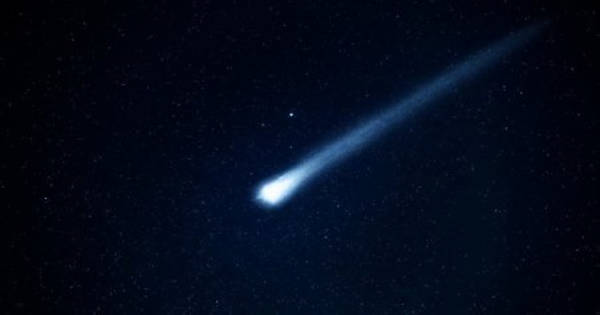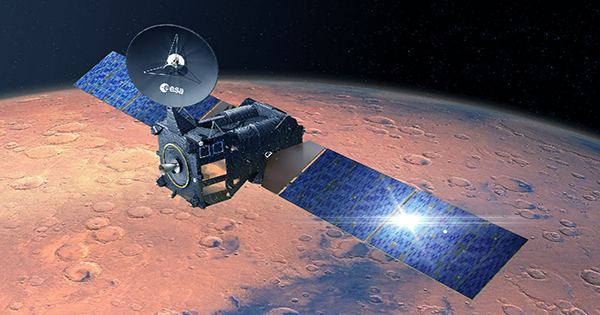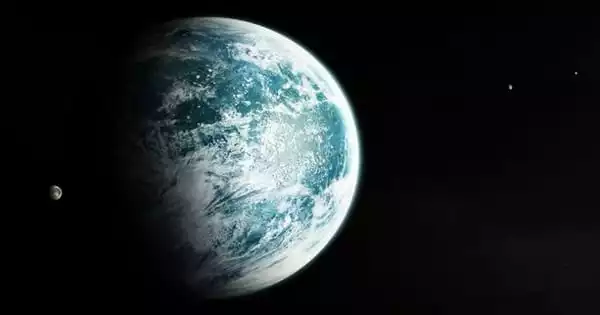Extraterrestrial dust is defined as small particles of solid matter that come from sources other than Earth. Dust that occurs in outer space or has fallen onto Earth is known as cosmic dust, space dust, or stardust. Most cosmic dust particles, such as micrometeoroids, have diameters ranging from a few molecules to 0.1 mm (100 m). These particles may originate from a variety of celestial bodies and space environments.
Meteoroids are larger particles. Intergalactic dust, interstellar dust, interplanetary dust (as in the zodiacal cloud), and circumplanetary dust (as in a planetary ring) are the four types of cosmic dust. There are several methods for measuring space dust.
The zodiacal light is caused by interplanetary dust in the Solar System. Comet dust, planetary dust (such as dust from Mars), asteroidal dust, Kuiper belt dust, and interstellar dust passing through the Solar System are all examples of dust in the Solar System. Every year, thousands of tons of cosmic dust are estimated to reach the Earth’s surface, with the majority of grains weighing between 10−16 kg (0.1 pg) and 10−4 kg (0.1 g). The density of the dust cloud that the Earth is passing through is approximately 10−6 dust grains/m3.
Here are some key points about extraterrestrial dust:
- Asteroids and Comets: Asteroids and comets frequently emit dust particles as they travel through space. When these celestial bodies approach the Sun, they heat up and eject volatile materials such as dust.
- Interstellar Space: Some dust may come from beyond our solar system and drift through interstellar space. This interstellar dust has the potential to enter our solar system and contribute to the local dust environment.
- Composition: It can be made of a variety of materials, such as silicate minerals, metals, and organic compounds. The composition is determined by the specific source and the processes that resulted in the formation of the dust.
- Micrometeoroids: It often takes the form of micrometeoroids, which are very small particles ranging from submicron to millimeter sizes. These micrometeoroids can enter Earth’s atmosphere and, upon entry, are referred to as micrometeorites.
Stardust Mission
Cosmic dust contains some complex organic compounds (amorphous organic solids with a mixed aromatic-aliphatic structure) that stars could produce naturally and quickly. “Stardust” is a smaller fraction of the dust in space, consisting of larger refractory minerals that condensed as matter left by stars.
NASA’s Stardust mission, launched in 1999, aimed to collect samples from comet Wild 2’s coma and return them to Earth. During its mission, the spacecraft also collected interstellar dust. The collected samples revealed important information about the composition of comets and interstellar dust.
















